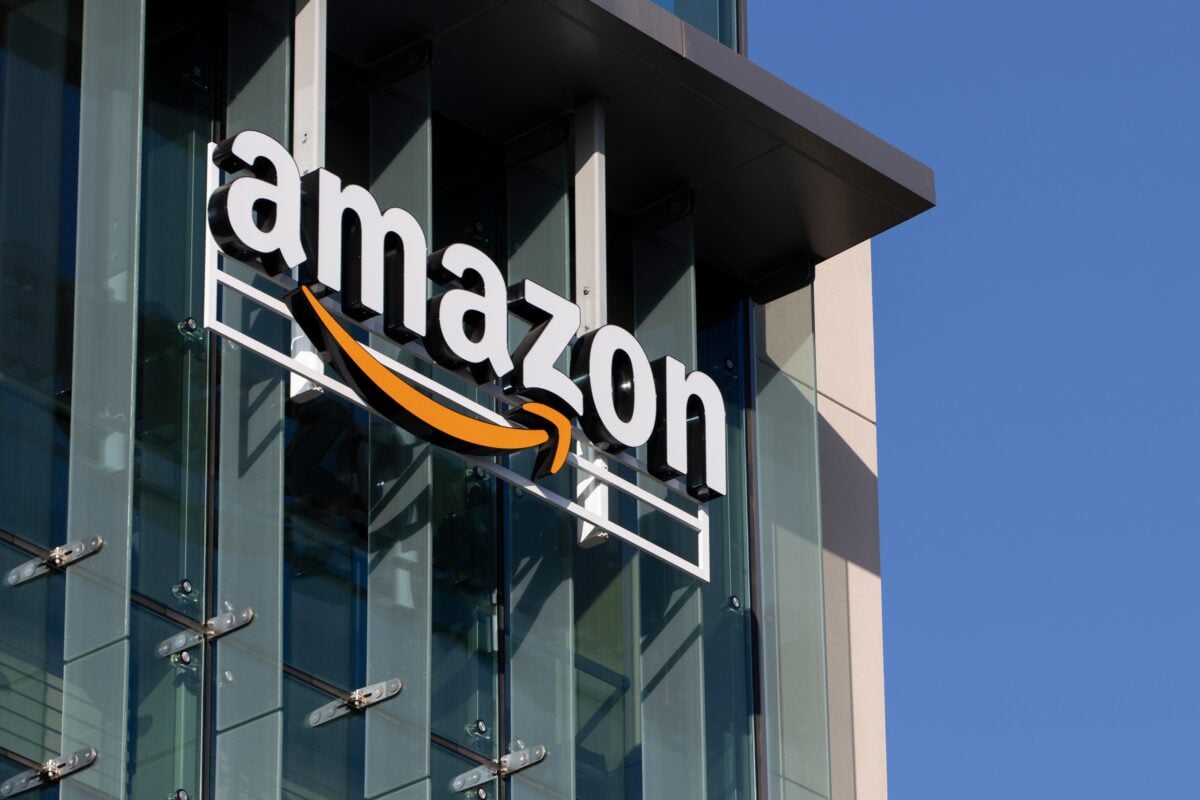TLDRs;
- Amazon developing dual AR glasses projects: one for delivery drivers in 2026, another consumer-focused model by 2027.
- The Amelia model will assist drivers with navigation and delivery instructions, streamlining logistics operations.
- Jayhawk, the consumer version, will feature a camera, microphone, speakers, and a one-eye full-color display.
- Amazon faces stiff competition from Meta and Apple but could leverage its delivery network and AWS infrastructure.
Amazon is quietly positioning itself to step into one of the most hotly contested arenas in consumer technology, augmented reality (AR) wearables.
According to reports, the e-commerce and cloud giant is developing two distinct AR glasses projects, one aimed at its massive delivery workforce and another tailored for everyday consumers. If timelines hold, Amazon’s consumer-focused device could debut in late 2026 or early 2027, setting up a direct clash with Meta, Apple, and other tech heavyweights already investing heavily in AR.
The projects, codenamed Amelia and Jayhawk, illustrate a dual-track strategy. Amelia, the first to roll out, is expected to arrive in the second quarter of 2026 and will be targeted at Amazon’s more than 100,000 delivery drivers. Jayhawk, designed for consumers, is reportedly scheduled for a release window roughly a year later.
Delivery drivers as a testing ground
Amazon’s first foray into AR glasses is not consumer-focused but workplace-driven. Amelia, the delivery-driver model, is designed to solve immediate logistical challenges. It will feature a small display capable of showing navigation instructions, delivery notes, and productivity tools.
By embedding AR into its logistics chain, Amazon hopes to streamline delivery operations and reduce driver reliance on handheld devices.
Industry precedents support this approach. Logistics companies like DHL have already reported meaningful efficiency gains from AR-assisted picking and navigation systems, suggesting that AR can have an immediate impact in enterprise settings. For Amazon, this workforce-scale deployment offers a living laboratory to test both the hardware and software before scaling to consumers.
Amazon’s Jayhawk project
The more ambitious project, Jayhawk, is designed with everyday users in mind. Reports indicate that the device will include a camera, microphone, speakers, and a single-eye, full-color display. Amazon has partnered with Chinese technology supplier Meta-Bounds to integrate display components.
If successful, Jayhawk would represent Amazon’s first serious attempt to move beyond its Echo Frames, a 2019 product that provided only audio-based engagement without true augmented reality capabilities.
Unlike its predecessor, Jayhawk aims to overlay digital information directly into a user’s visual field, putting Amazon head-to-head with Meta’s Ray-Ban smart glasses and its upcoming one-eye AR product, Hypernova.
Playing catch-up in a crowded field
Despite the promise, Amazon faces an uphill battle. Meta, Apple, and other rivals have already established a head start in AR development. Meta, for example, has been refining its glasses line through consumer partnerships and continuous iteration. Apple, though secretive, is widely expected to release its “Apple Glass” within a similar timeframe.
Amazon’s track record with AR and VR technologies is mixed. The company shuttered its Sumerian AR/VR platform in 2022 and has since made limited public moves in immersive technology.
Strategic late entry
Amazon’s cautious, enterprise-first rollout reflects a common technology adoption curve, where tools are stress-tested in business environments before reaching mainstream consumers. By refining Amelia with its delivery network, Amazon can identify technical weaknesses and optimize user experience long before Jayhawk hits retail shelves.
Still, being late to market carries risks. By 2027, competitors will already have multiple iterations of AR glasses in consumers’ hands, potentially leaving Amazon to play catch-up. The question is whether Amazon’s scale, logistics expertise, and cloud computing power will allow it to leapfrog rivals once it fully commits.






